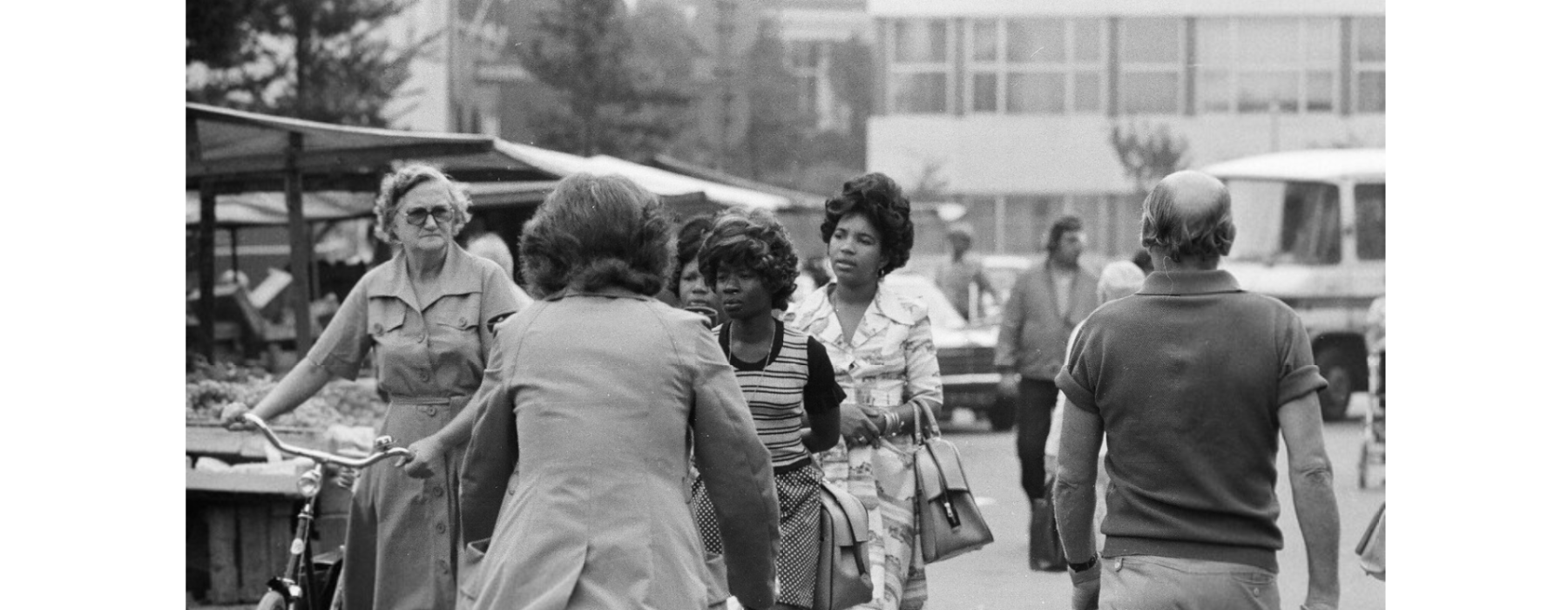
These questions are especially significant for the National Museum of World Cultures, as an institution that was created as part of a colonial apparatus. Its infrastructure served to theorize race as a science, and to support ideas of incommensurability and inequality between different peoples and cultures of the world. More specifically, the Tropenmuseum, one of the museums that fall under the NMVW, was originally the Colonial Museum and was itself a space where, for over half a century promulgated the now-debunked science of race, through the collecting and study of the remains of humans in its physical anthropology department.
What role have these institutions played in creating and propagating ideas around race? And how is racial thinking structurally embedded in museum practice? And, perhaps, most importantly, which specific strategies can the museum implement to move us all towards antiracist futures?
To be sure, our understanding of race has changed over time, and so too has the museum’s relationship to questions of race. Indeed, race thinking has involved complex and shifting entanglements between emphasis on the physical/biological and questions surrounding cultural difference, even if 19th and early 20th century racial science focused on what physical difference could tell us about human hierarchies. On both accounts – culture and biology - our museums have played an important historical and contemporary role as they studied, collected and represented race, culture and difference. While 19th century scientific racism has long been debunked in scholarly and popular circles, there remains a stubborn persistence of some of these ideas within contemporary society, including within museums.
It is with this history as our foundation that institutions such as ours must ask the question: which knowledge systems still stalk us, in our institutional rear-view mirror, even as we aspire to contribute to more equitable, livable, non-racist futures?